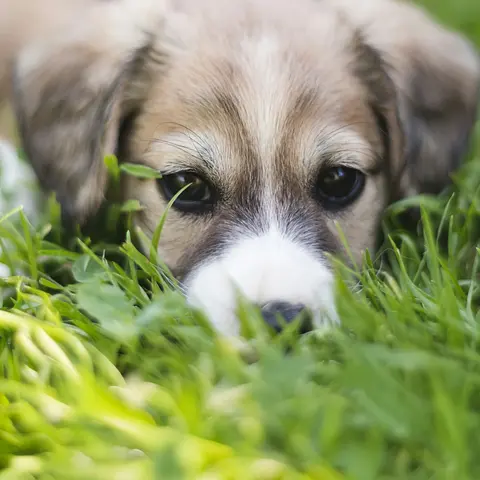Stay Mindful of Your Pet’s Health
These are just a few of the illnesses to keep an eye on in your pet’s waste, but there are many more out there. Paying attention, cleaning up promptly, and taking proactive steps can go a long way in keeping your pets, your family, and your community safe. We encourage you to do a little research on each one to feel confident and informed as a pet owner. Remember, this information is meant to be educational and helpful—it’s not veterinary or medical advice. Always consult a licensed veterinarian if you have concerns about your pet’s health.



